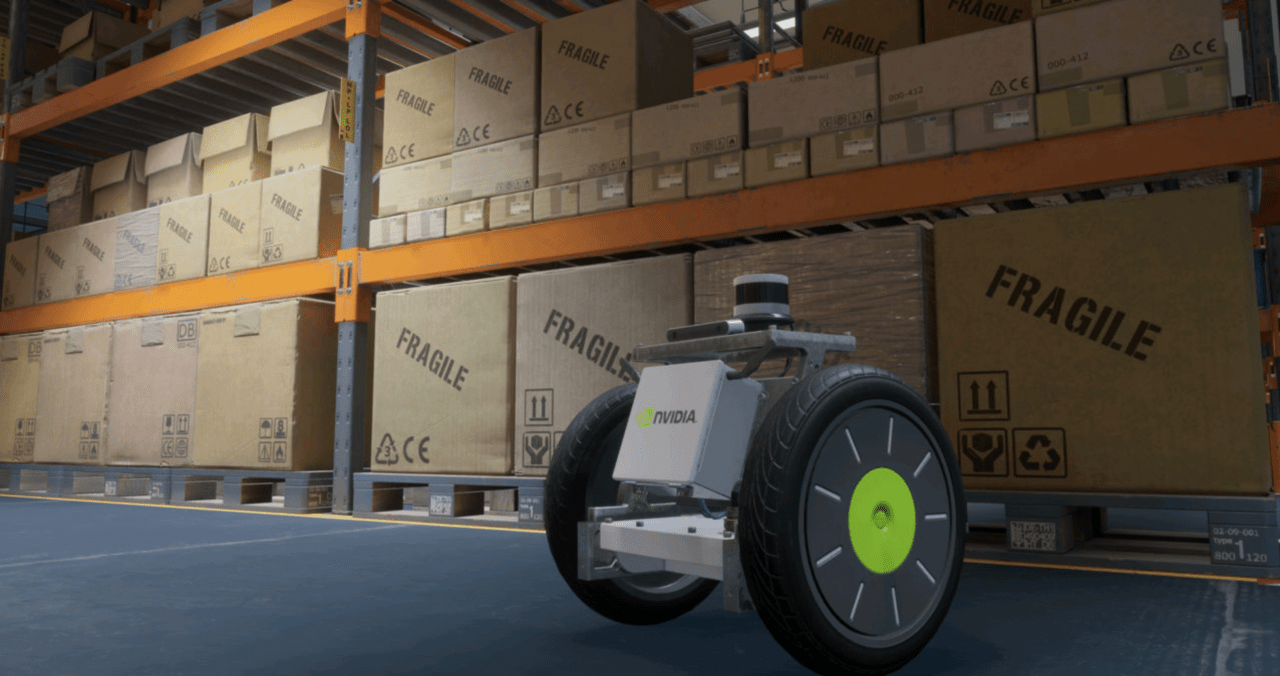In today’s rapidly evolving technological landscape, artificial intelligence (AI) and robotics stand at the forefront of innovation. Amidst these advancements, Nvidia has taken a significant step to make robotics development more accessible to developers, hobbyists, and engineers alike with the introduction of its Isaac SDK. Unveiled at TechCrunch’s TC Sessions: Robotics + AI, this robust software development kit promises to streamline the journey of building AI-powered robots, breaking down barriers and making development simpler and more intuitive.
What is the Isaac SDK?
The Isaac SDK is a comprehensive software toolkit designed to facilitate the creation of sophisticated robotic systems. By leveraging Nvidia’s cutting-edge technology, the SDK will make it easier for developers to harness essential features of robotics AI and machine learning (ML) without the need for deep expertise in those fields. Key features include:
- Obstacle Detection: Ensuring robots can navigate their environments safely.
- Speech Recognition: Allowing for interactive communication between robots and humans.
- Stereo Depth Estimation: Giving robots the ability to perceive and understand their surroundings in three dimensions.
Breaking Down Complexity with Computational Graphs
One of the standout features of the Isaac SDK is its ability to deconstruct complex robotics problems into manageable segments through the use of computational graphs. This approach enables developers to design their robotic applications in a more modular fashion. By leveraging what Nvidia calls an “entity component system,” users can create intricate robotic behaviors by linking simpler actions together, thus democratizing complex task execution.
The Power of Gems
The SDK also introduces “Gems,” which are modular capabilities that offer the building blocks for sensing, planning, and actuation. Just as a child can build a castle with individual bricks, developers can use Gems to create versatile and responsive robots by plugging in these capabilities as needed. This feature not only accelerates the development process but also fosters collaboration in robotics innovation, as developers can share and build upon these Gems within the community.
Seamless Integration with Nvidia Hardware
For those already invested in Nvidia’s ecosystem, the Isaac SDK offers seamless integration with their popular hardware, including the Jetson Nano and Jetson AGX Xavier. This compatibility not only enhances the development of advanced robotic systems but also ensures optimal performance and functionality. At the TC Sessions event, Nvidia showcased the capabilities of the SDK through live demonstrations using their reference robotic platforms, illustrating the practical applications of this technology.
Real-World Applications and Market Potential
With the Isaac SDK now at developers’ fingertips, the potential applications of robotics are vast. From the manufacturing floor to home automation, these AI-powered robots can enhance efficiency and responsiveness across industries. This democratization of robotics opens the door for individuals and small teams to innovate and improve processes without the previously prohibitive resource or knowledge barriers.
Conclusion: A New Era in Robotics Development
Nvidia’s Isaac SDK marks a pivotal moment in the world of robotics by making the development process more accessible and less intimidating. With its user-friendly modular design and strong integration capabilities, it empowers a wider audience to engage in the creation of AI-driven products. As the robotics landscape evolves, tools like Isaac will play a crucial role in shaping the future of intelligent machines.
At fxis.ai, we believe that such advancements are crucial for the future of AI, as they enable more comprehensive and effective solutions. Our team is continually exploring new methodologies to push the envelope in artificial intelligence, ensuring that our clients benefit from the latest technological innovations. For more insights, updates, or to collaborate on AI development projects, stay connected with fxis.ai.

